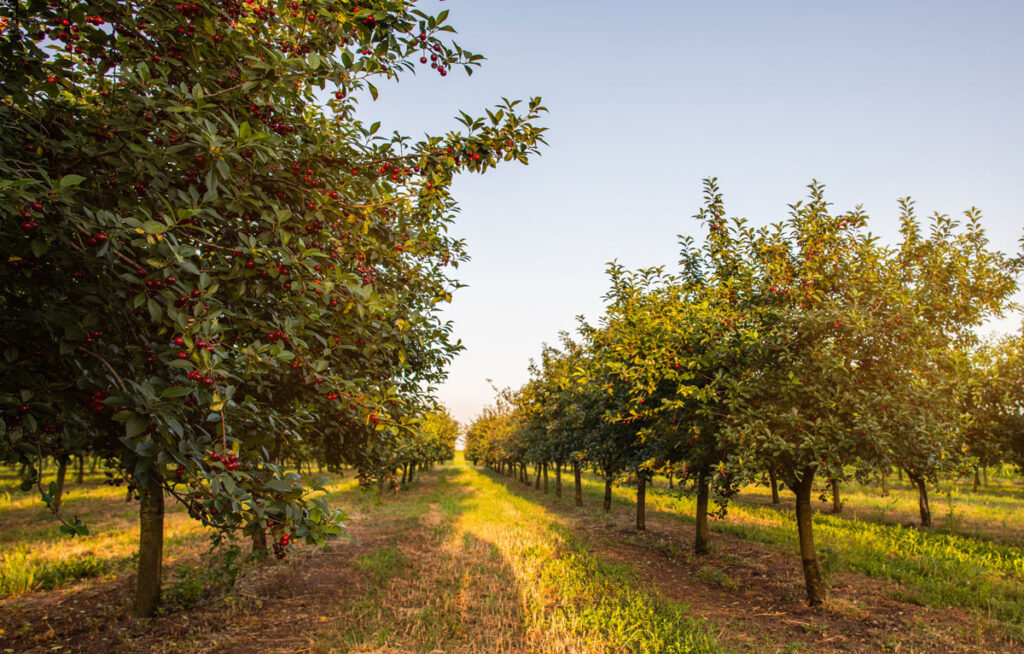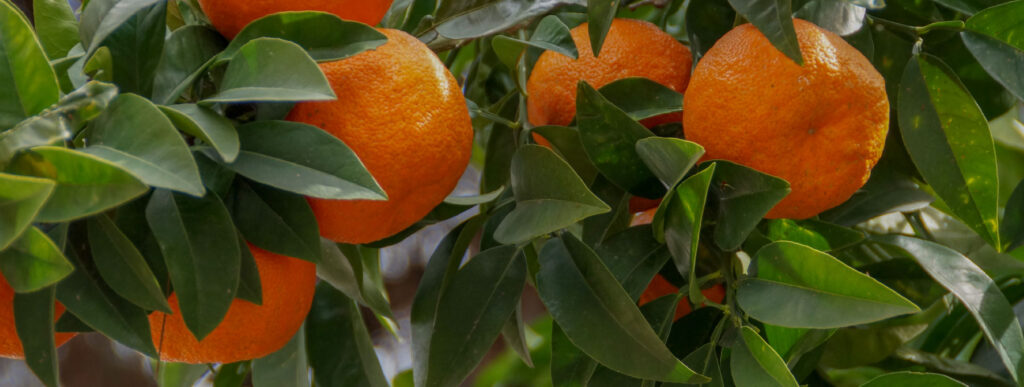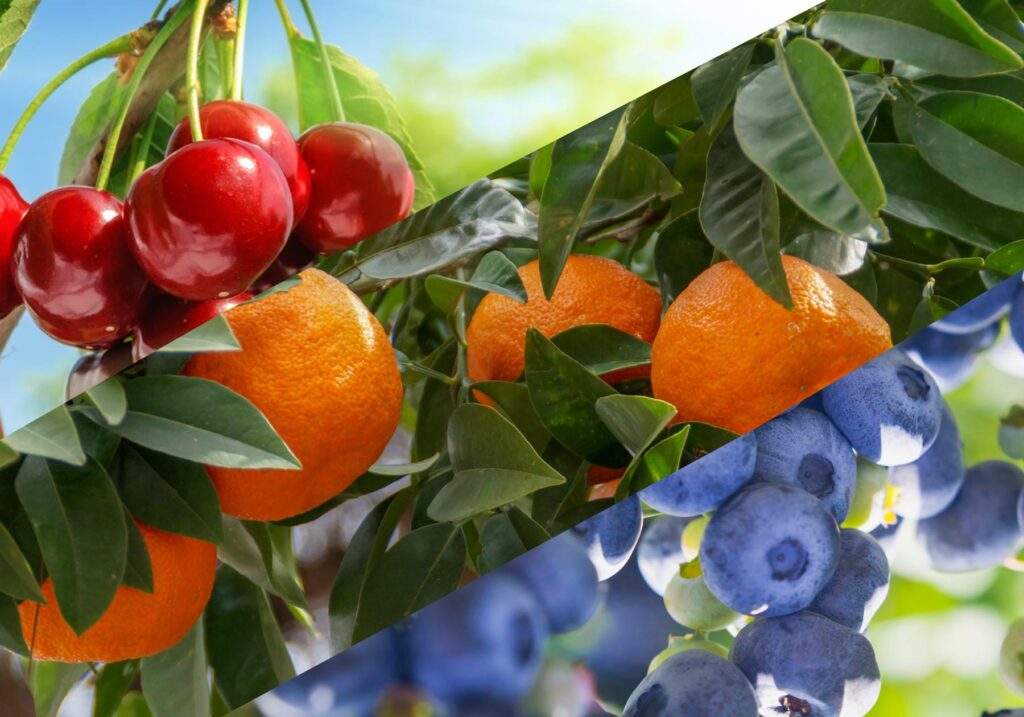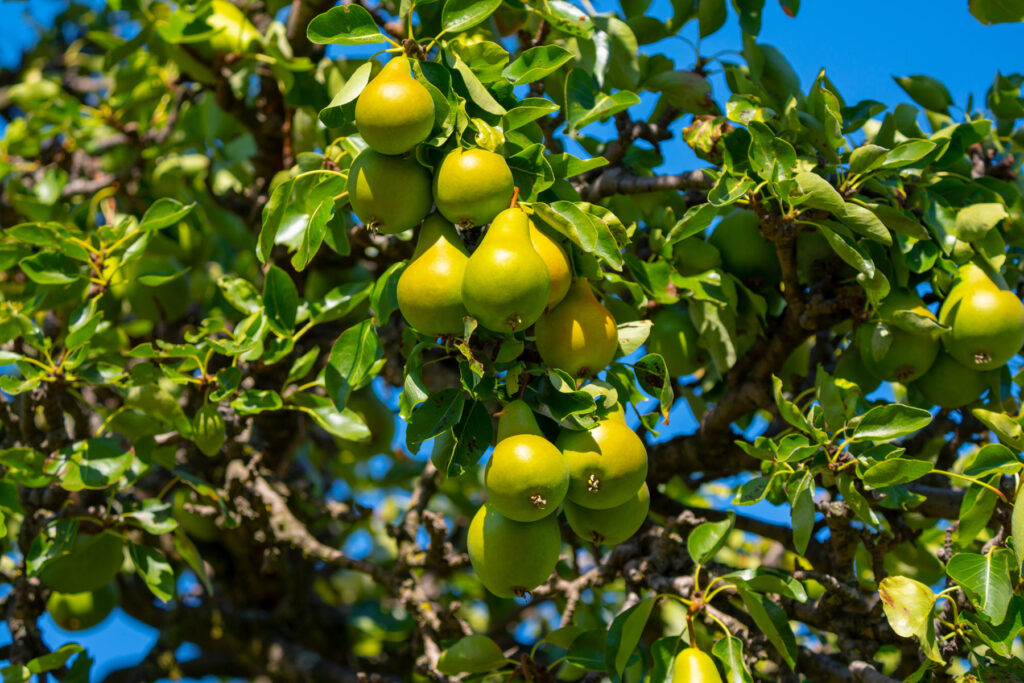Help Citrus Beat the Heat with Cuticle Care
When light energy overwhelms a plant’s ability to absorb sunlight and use it for photosynthesis, sunburn occurs. Strengthening the fruit and leaf cuticle provides the extra protection needed to help citrus beat the heat throughout the growing season.
Parka is a plant health solution proven to provide a 48% reduction in sunburn incidence in citrus by increasing the plant’s antioxidant capacity. This helps it use excess sunlight energy for photosynthesis and prevent photo-oxidation that causes sunburn damage. Parka also helps increase overall tree performance by reducing ethylene production released in heat stress that’s responsible for fruit abscission
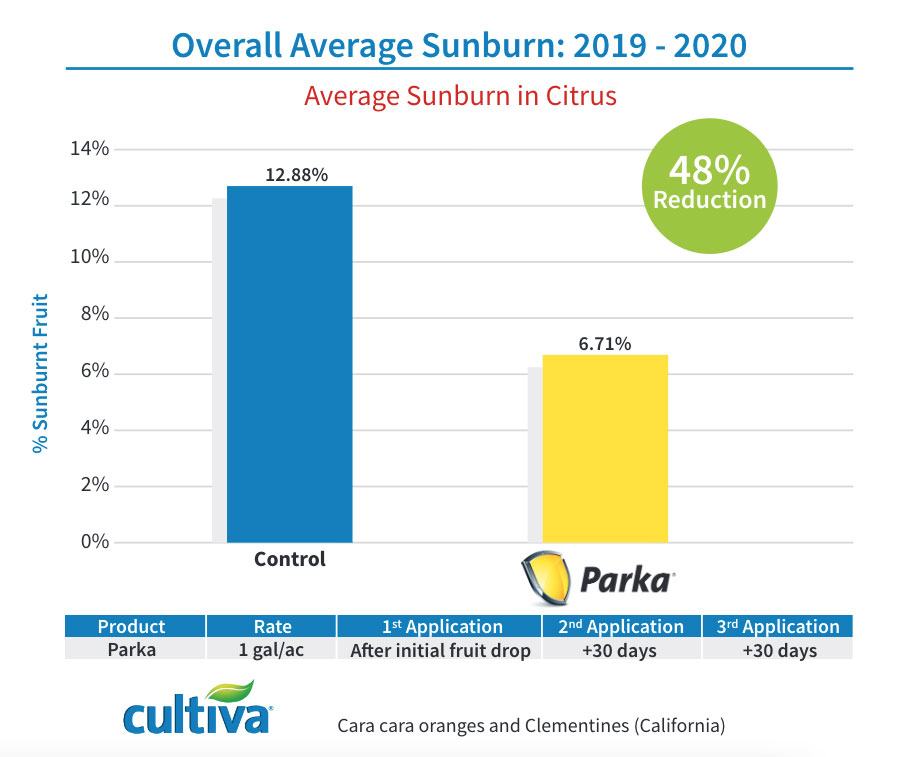
Why Use Parka on Citrus?
- Increases plant tolerance to environmental extremes, including sunburn.
- Improves overall tree performance and less fruit drop by increasing net CO2 exchange and transpiration rate.
- Easily tank mixed with foliar nutrients and pesticides.
- Allows subsequent application of insecticides and fungicides, a key benefit over mineral-based sunburn protection products.
- Leaves no visible residue.
- Exempt from maximum residue levels.
- Zero preharvest and zero worker reentry intervals.
- Increases fruit grade and yield.
Download Resources
How to Use Parka in a Program
For summer applications, apply at fruit set and reapply every 21 to 25 days.
For winter applications, apply at senescence and prior to moisture events.
Want More Information on Parka?
Send us a message. Be sure to ask your retailer about how to include it in your crop protection program.
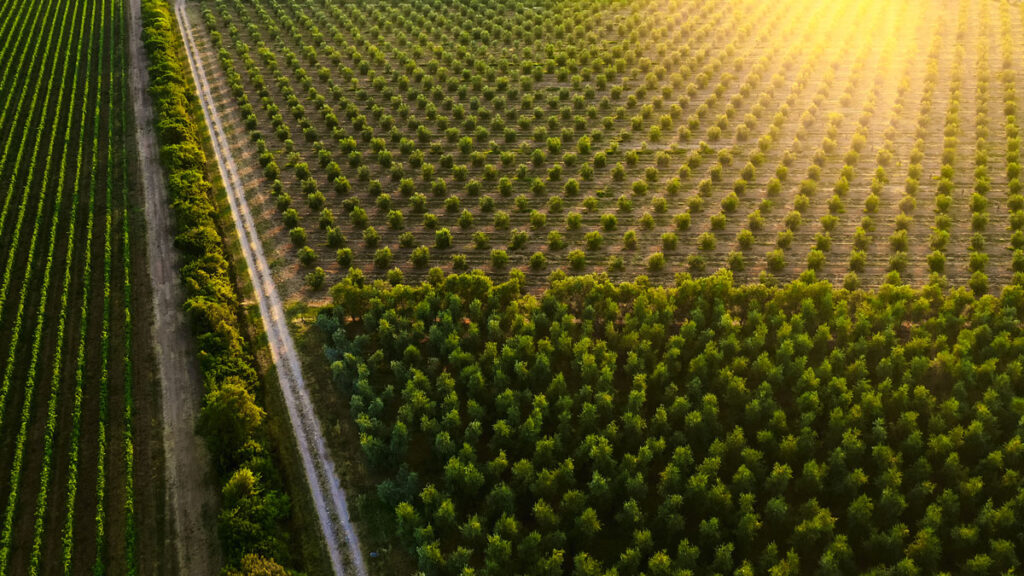
FAQs
Sunburn is caused by high temperatures and direct solar radiation that affects both leaves and fruits. Fruits are more susceptible to this type of damage than the leaves, primarily because they are less effective in using and/or dissipating excess solar radiation. Fruit sunburn symptoms can range from light bleaching to dark necrotic spots accompanied by cell death.
In the photosynthetically active tissue, the chlorophyll present in the PSII complex (1st step in photosynthesis) captures energy from the sun that is used to excite an electron that comes from the splitting of a water molecule. This excited electron is received by a molecule called pheophytin and is then used in the remaining photosynthetic process. Both chlorophyll and pheophytin are necessary tools plant cells need to deal with energy from the sun. Parka-treated trees are shown to contain higher concentrations of both components in leaves and fruits, which means the cells have a better capability to use the excess light energy for photosynthesis instead of allowing it to cause photo-oxidative damage.
Parka application also results in better overall tree performance and less fruit drop by increasing net CO2 exchange and transpiration rate. It also decreases ethylene production during the season. The reduction in ethylene is key in decreasing fruit drop, since this PGR is responsible for the production of enzymes that trigger fruit abscission.
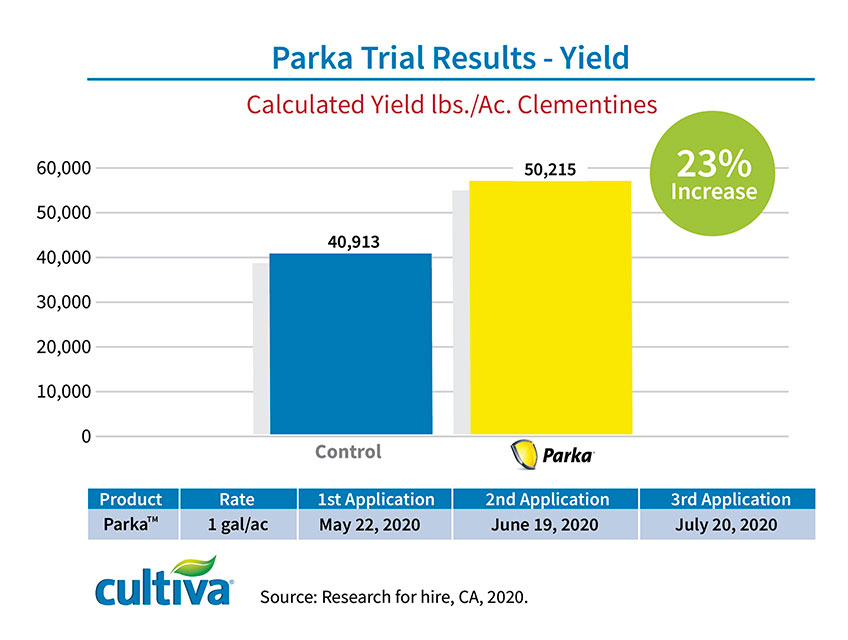
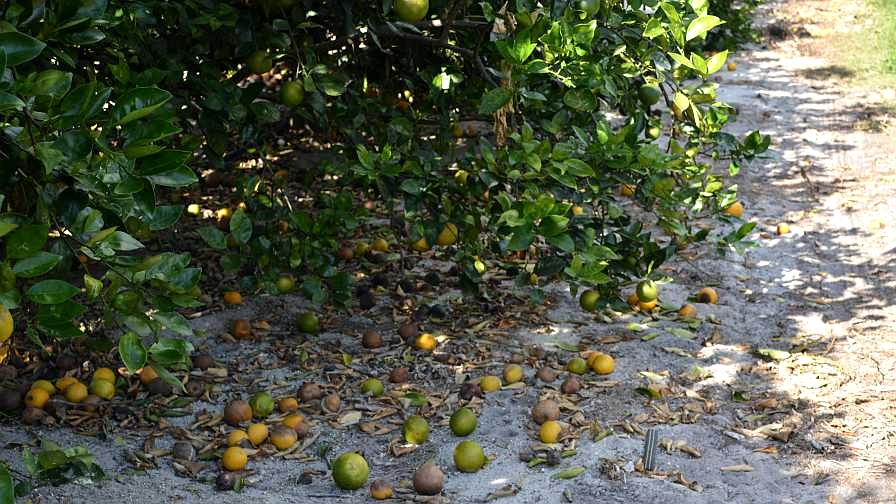
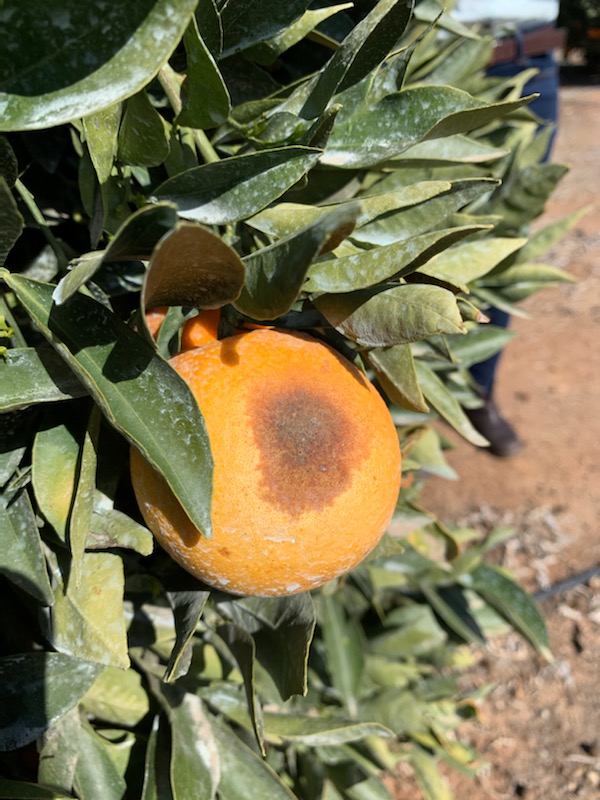
Parka has reduced sunburn by up to 48% in trials resulting in increased marketable yields. It is grower and worker friendly. Parka is easily tank mixed with most foliar spray inputs and does not leave a white residue like reflective mineral based coatings. Harvest crews like Parka, because it does not leave the white residue of traditional sunburn products that can be an irritant during picking. An excellent worker safety profile, a zero pre- and post-harvest interval, and no maximum residue levels are also major advantages for growers.
In addition, crop protection products can be applied after a Parka application, a key benefit over mineral-based coatings.
Finally, packers like Parka, because the texture of the orange cuticle makes it difficult to scrub off the white residue. Because Parka does not need to be scrubbed off, it continues to protect the cuticle during storage. Parka is easily removed in modern packing facilities allowing for a clean surface to apply any post-harvest coatings.


